Object Oriented Programming
3 Short Boring
Talks
Instead of
1 Long Boring
Talk
1st Talk
DCI
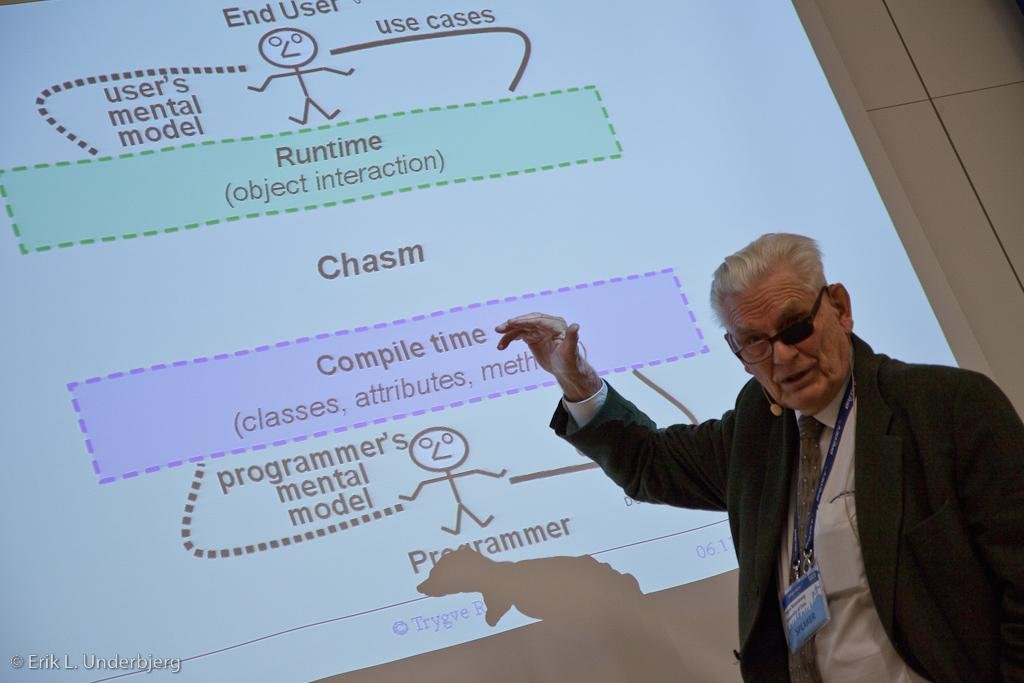
Data Context and Interaction
- Paradigm to program systems of communicating Objects.
- Capturing the End User Model.
- Decoupling what the system does (functionality) from what the system is (data model) .
Use case 1
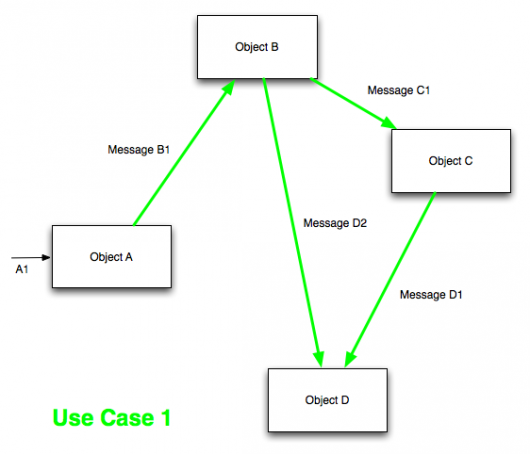
Use case 2
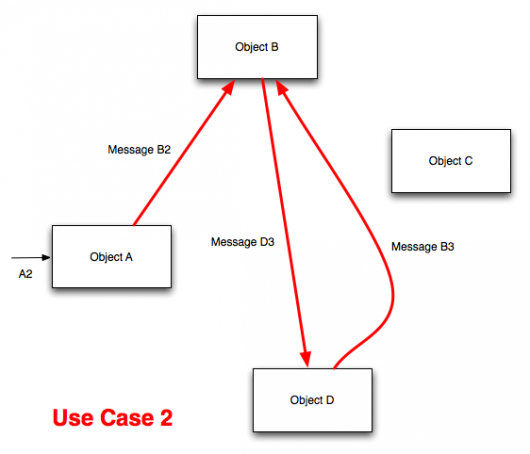
All Methods
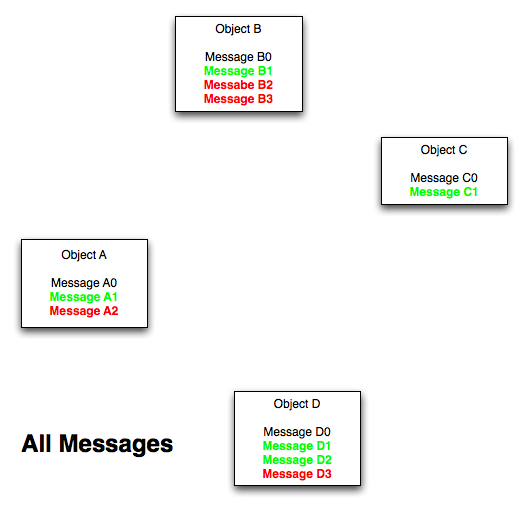
Issue ?
- Source code does not reflect what happens at runtime.
- Collaboration pattern of a use case is difficult to reason about.
- Does not reflect how objects communicate at runtime to execute a use case.
Use case 1 DCI
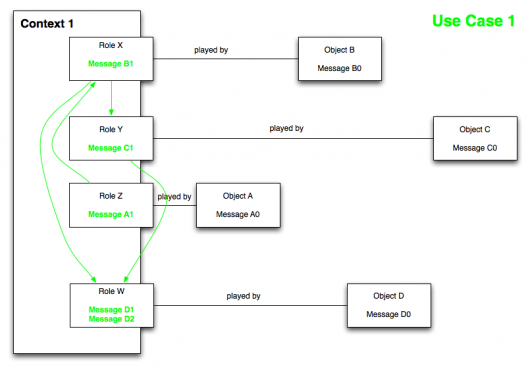
Use case 2 DCI
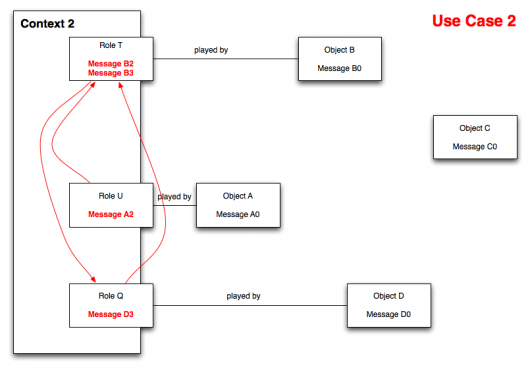
What did we achieve ?
- Separation of Stable Part (data) from the Dynamic Part (Use case).
- Collaboration pattern among objects in one place.
- Source code reflects how objects communicate at runtime.
Data
The data part of the DCI architecture is its (relatively) static data model with relations.
Context
The Context is the environment for which data objects execute their roles.
Interaction
The interaction is "what the system does."
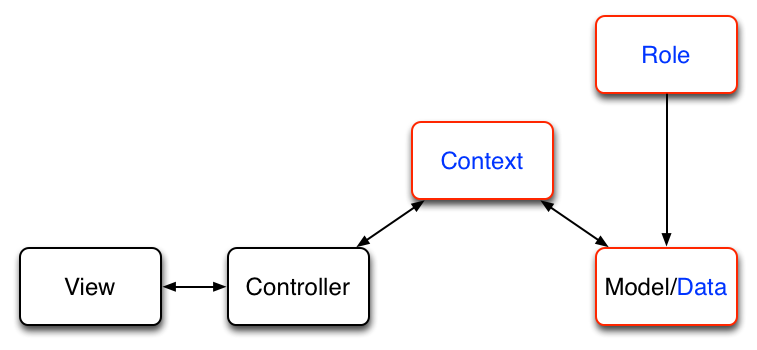
DCI MVC
Talk is cheap, Show me the Code.
- Linux Torvalds
2nd Talk
Sandi Metz 4 rules for OOP

Rules
- Classes can be no longer than one hundred lines of code.
- Methods can be no longer than five lines of code.
- Pass no more than four parameters into a method. Hash options are parameters.
- Controllers can instantiate only one object. Therefore, views can only know about one instance variable and views should only send messages to that object (facade pattern).
Rule 0
You should break these rules only if you have a good reason or your pair lets you.
Show me the code
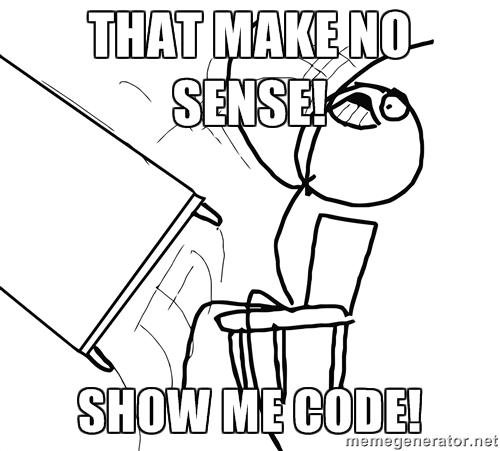
3rd Talk
Maybe
Monad
data Maybe t = Just t | Nothing
Maybe
Wrapped
- Gem by Thoughtbot. (Mike Burns)
- Simulates a Maybe Monad.
- Wraps a value either with Some or None.
- Unwrap the wrapped value explicitly in code.
Some code.
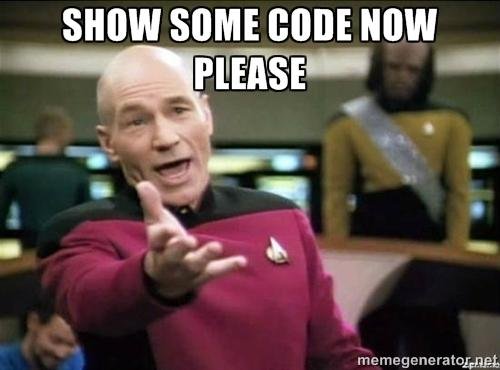
References
Thanks
